The winter solstice is today, bringing the shortest day and longest night of the year to the Northern Hemisphere.
As the official start of the astronomical winter, the sun reaches its most southerly point in the sky as seen from Earth. At noon, it appears directly overhead at the Tropic of Capricorn, located at a latitude of 23.5 degrees south. This position correlates to the shortest day of the year in the Northern Hemisphere, which is tilted as far away from the sun as possible and, in turn, experiences the fewest hours of sunlight.
The exact timing of the Winter Solstice, which lasts only a moment, and official changing of seasons occurred on Saturday (Dec. 21) at 4:20 a.m. EST (0920 GMT), according to In the Sky.org.
With winter comes the coldest months of the year. This is because the sun remains much closer to the horizon than in warmer months. Appearing lower in the sky throughout the day, sunlight is less intense and spread over a larger area, lending to the cooler temperatures experienced during winter. The good news is that from here on out, each day will gradually grow longer and sunnier as the sun rises earlier and sets later until the summer solstice in June.
Earth experiences seasons because the planet is tilted on an axis by 23.5 degrees. This means that each year, as Earth orbits the sun, there are periods when the Northern Hemisphere is tilted toward the sun and receives more sunlight, resulting in summer, and times when the Southern Hemisphere tilts toward the sun, receiving more sunlight, which marks our winter.
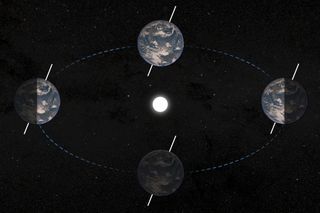
Therefore, cooler temperatures experienced during winter are a result of Earth’s tilt rather than the planet's distance from the sun. In fact, Earth will reach its closest point to the sun, also known as perihelion, during winter in the Northern Hemisphere on Jan. 4, 2025, according to In the Sky.org.
Perihelion occurs because the Earth’s path around the sun is not a perfect circle, but rather an ellipse, whereby the distance between the planet and the sun changes during the year. At perihelion, Earth is about 91.4 million miles (147.1 million kilometers) away from the sun, compared to its average distance of about 93 million miles (149.6 million km).
Many festivals and traditions are rooted in celebration of the Winter Solstice, which is viewed by many cultures as a time of renewal, hope and the return of light. Starting tomorrow, daylight will gradually begin to increase. While this change will be subtle at first, it will become noticeable in about a month as the sun rises earlier and sets later.
.png)
 2 weeks ago
9
2 weeks ago
9



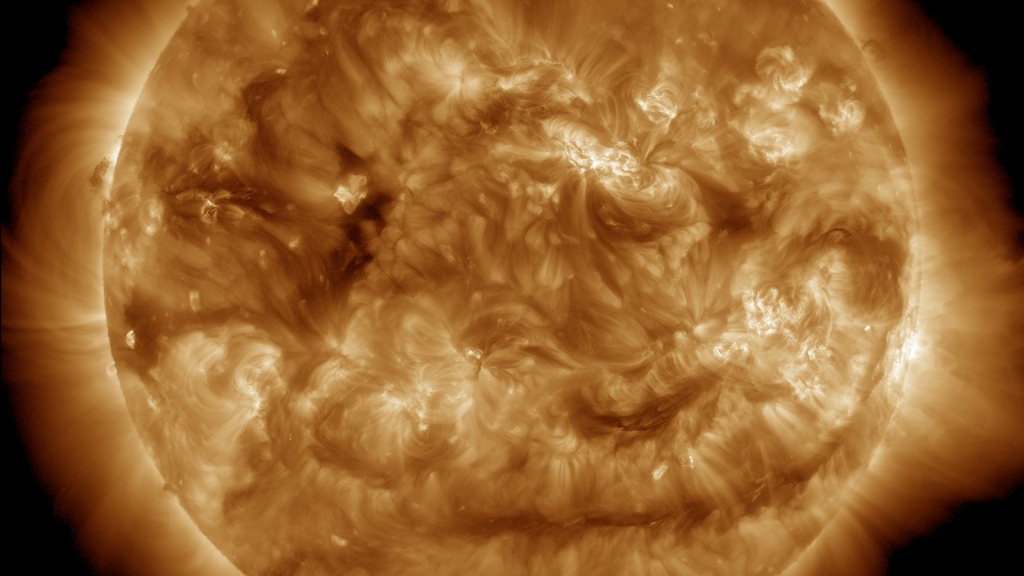
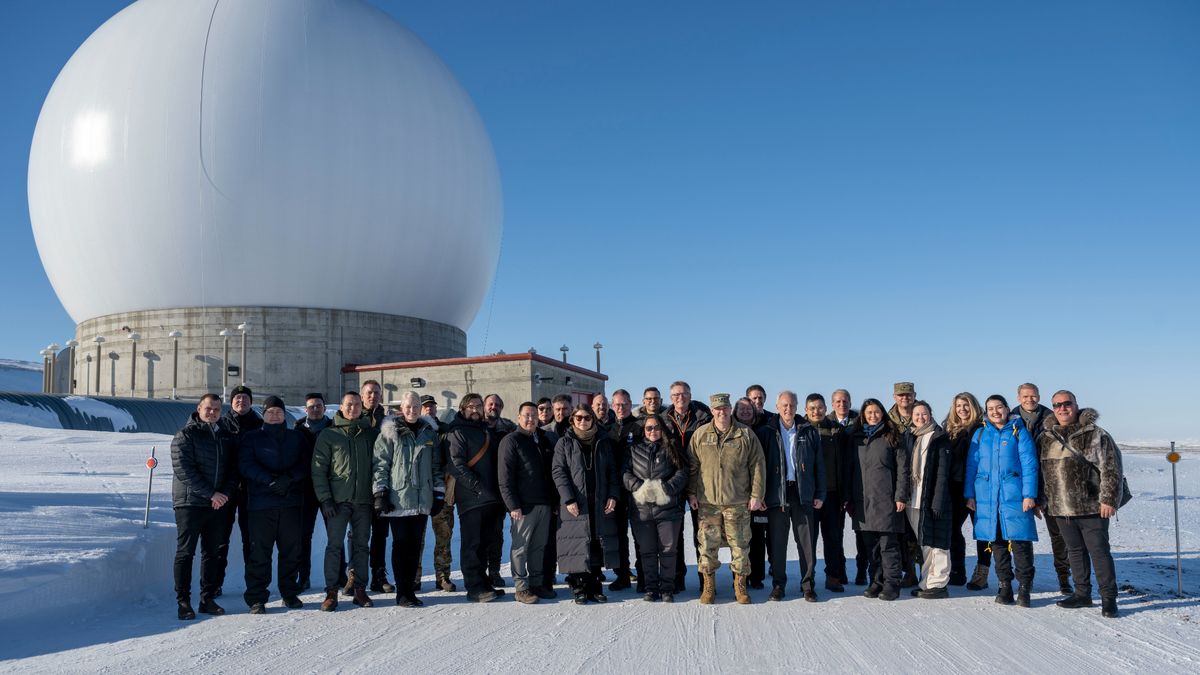


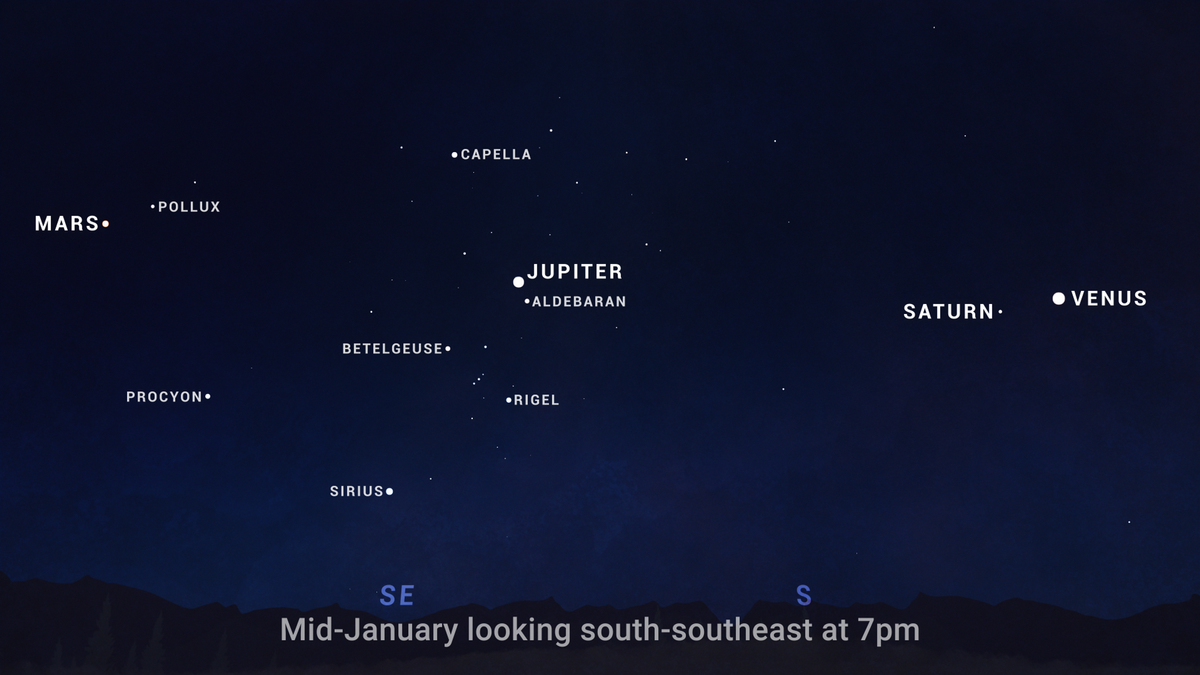




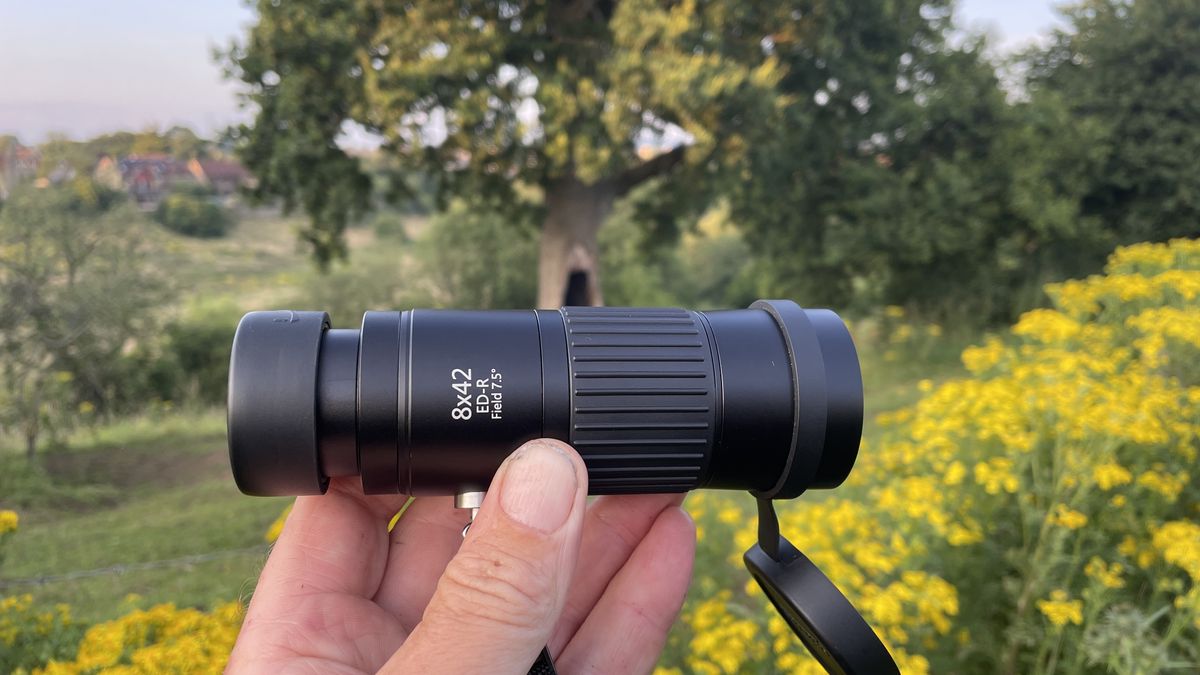






















 Bengali (BD) ·
Bengali (BD) ·  English (US) ·
English (US) ·